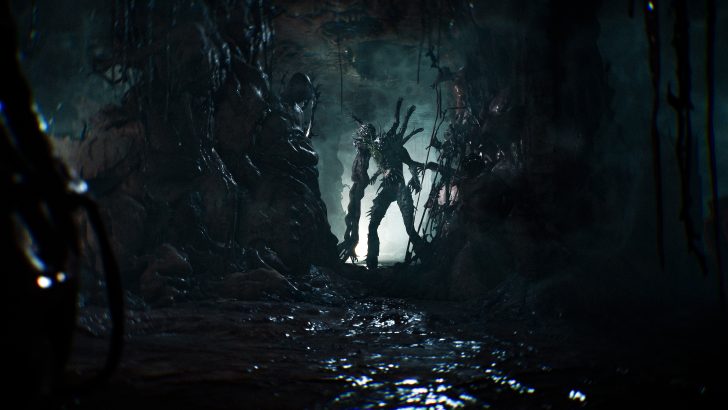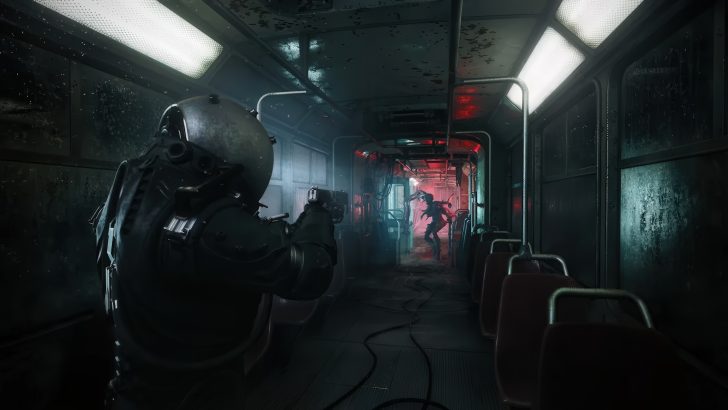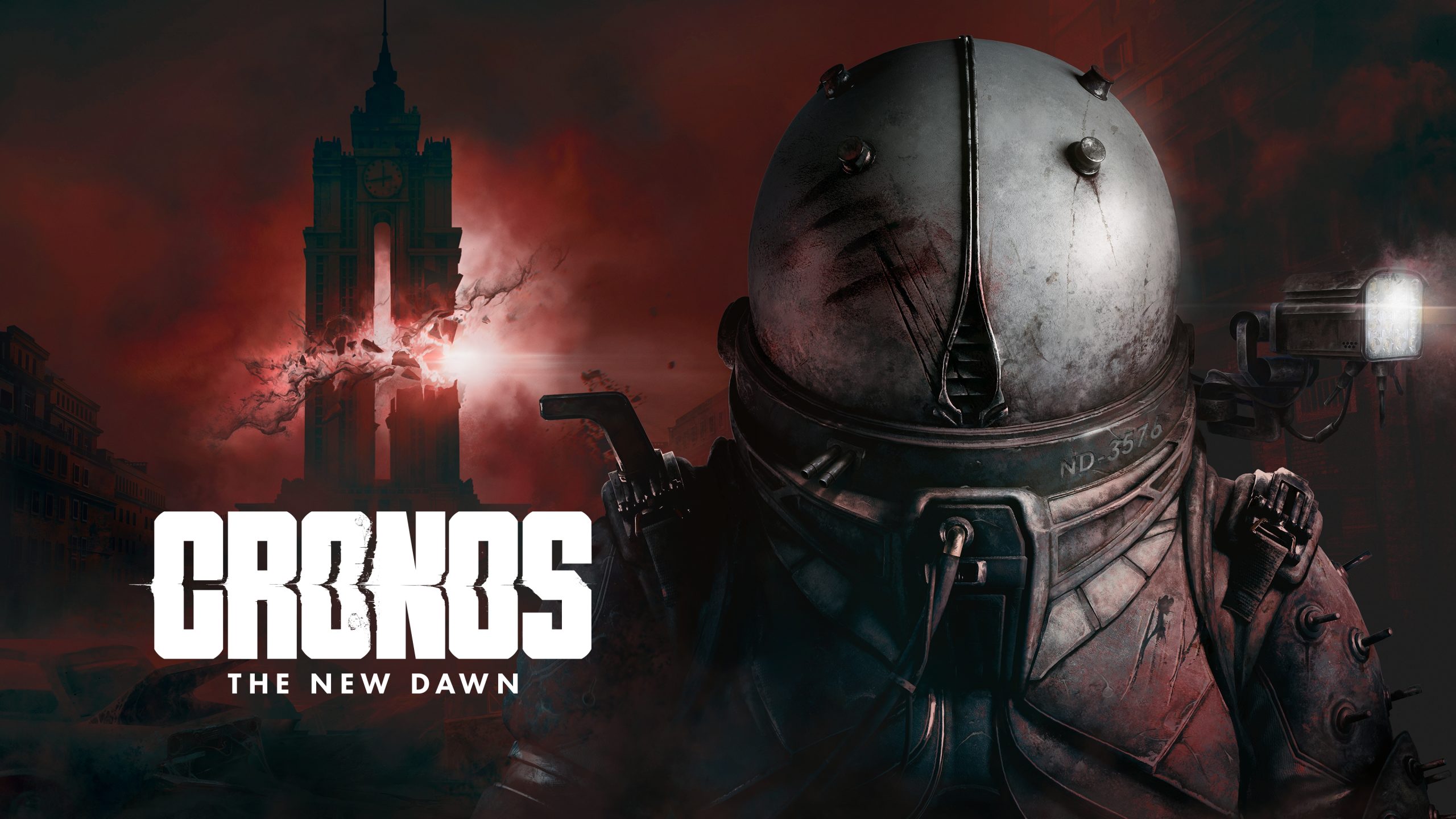At a recent preview event, we explored Cronos: The New Dawn, Bloober Team’s upcoming survival horror title set in a new IP. Following hands-on gameplay, we spoke with Lead Level Designer Piotr Tylus about the project, slated for release this fall on PC, PlayStation 5, and Xbox Series X|S.
The game’s setting draws heavily from Polish history. Why focus on this location for Kronos?
For our team, this setting resonates personally. Several developers have roots near the area that inspired the game, making it meaningful to blend local history with fiction. The brutalist architecture also offers a fresh backdrop—it’s rarely depicted in games, which intrigued us. Even for those not from Kraków, researching the environment became an engaging process. Replicating real-world spaces requires balancing authenticity with gameplay needs—players wouldn’t want endless empty streets during tense encounters.
The level design alternates between tight corridors and open zones. How do you maintain pacing?
It’s about intentional placement. We match environments to specific encounters and mechanics. The merging system allows creative flexibility—enemies and obstacles evolve dynamically, keeping combat unpredictable. Each space serves a purpose, whether guiding narrative beats or testing player adaptability.
Do you encourage backtracking through earlier areas?
Exploration is key. Optional paths reward curious players with resources, lore, and shortcuts. Skipping these can amp up difficulty, so diving into side routes offers advantages. Concepts like limited visibility and resource scarcity incentivize thorough navigation.
Beyond comics and cats, what other collectibles appear in the game?
The demo showcases core examples, but deeper into the story, you’ll uncover hidden narratives through environmental details. These flesh out side characters and events without being essential to the main plot. Scavenging materials for crafting also plays a role in progression.
How do survivor recruitment choices affect gameplay?
Decisions influence both narrative and mechanics. Saved characters grant unique perks and modify later encounters. These choices are permanent per playthrough, encouraging replays to explore alternate outcomes. New Game+ and adjustable difficulty further extend longevity.




How do you balance resource scarcity without frustrating players?
Enemies drop essentials to prevent total depletion, though efficiency matters. Trial-and-error boss fights demand strategic item use, pushing players to master mechanics. High-risk areas may temporarily bottleneck supplies, but exploration usually offers replenishment.
How does the merge system introduce new enemies?
Varied approaches apply—some foes debut solo, while others combine immediately. The unpredictability keeps combat tense. Room layouts and audio cues telegraph threats, though ambushes (like explosive enemies) remind players to stay vigilant.
Why use torch fuel for both combat and traversal?
It adds risk-reward depth. Burning barriers opens new routes, but wasting fuel mid-fight limits escape options. Players must weigh progression against survival, aligning with the game’s emphasis on calculated decisions.
Did developing Silent Hill 2 influence Cronos’ level design?
While lessons from past projects inform our workflow, we aimed to carve a distinct identity. Iteration and playtesting refined mechanics, but themes and pacing diverge intentionally to offer a fresh experience.




Any Easter eggs from Bloober’s previous games?
Beyond subtle nods in collectibles, keen-eyed players might spot The Medium-inspired designs. We’ve sprinkled surprises for fans to uncover organically.
What’s your top survival tip for players?
Use merging strategically—manipulate enemy behaviors to create advantageous scenarios. What seems like a defensive tool can become offensive with creativity.
Any standout encounters you’re proud of?
Without spoilers, certain late-game sequences amplify tension through environmental storytelling and relentless pressure. Expect moments where every resource counts.

